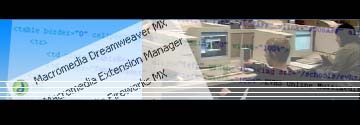 |
| Image |
 |
As you begin to develop your page, you should pay attention to how accessible
your web page is to your audience. Understand that 30 million people have disabilities
that make viewing web pages a difficult task. Also understand that by the year
2005, it is estimated that 80 percent of all Internet users will be overseas.
A great resource is: http://trace.wisc.edu/archive/html_guidelines/authorcl.htm
Here are ten helpful web design practices to make sure that your web site is
accessible for all users:
1. Page layout is consistent but pages or areas do not look identical.
2. A clear, consistent navigation structure is used.
3. Navigation bars provide easy access to the navigation structure.
4. Instructions are provided to describe the general layout of the site, the
access features used, and how to use them.
5. A site map is available.
6. Different types of searches are available for different skill levels and
preferences.
7. Nothing within the site prevents keyboard operation.
8. Elements outside of the HTML 4.0 specification (such as <BLINK> and
<MARQUEE>) are not used
9. Use a design tool that supports access features (and does not remove access
when you close, or reopen your page using the tool)
10. Test the site with AT LEAST:
a text only browser (such as Lynx), a self-voicing browser (such as PWWebspeak),
Multiple graphic browsers, with: sounds and graphics loaded, graphics not loaded,
sounds not loaded, no mouse
|
 |



